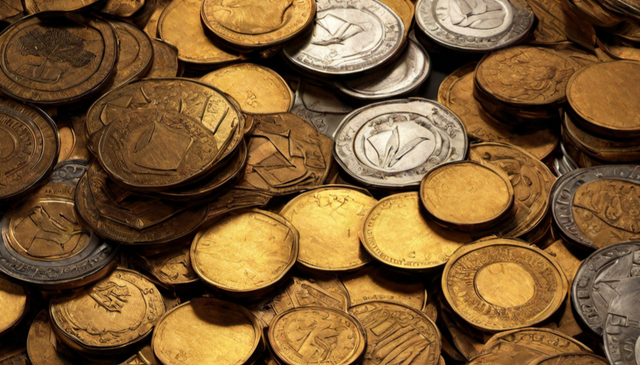Internationalization of the Indian Rupee
The Government Of India recently announced a long term map for internationalization of the Indian Rupee (INR). This will make it easier for Indian businesses to trade or invest abroad, and enhance the INR's liquidity, while facilitating financial stability. The daily average share of the Indian Rupee in the global foreign exchange market hovers at around 1.6%. At the same time, India's share in global goods trade is 2%.
The Indian government has enabled external commercial borrowings in INR. Indian banks are being pushed to open Indian Rupee Vostro Accounts for banks from Russia, UAE, Sri Lanka and Mauritius. India is already trading with 18 different countries in INR.
Of course, there are several challenges that need to be overcome. Demonetisation adversely impacted confidence in the INR. The fact that India doesn’t provide full capital account convertibility also doesn’t help. Exchange rate volatility cannot be ignored either.
India can draw some lesson from China’s experience. Before 2004, the Renminbi could not be used outside of China. Post 2008, China allowed the use of their currency outside their country for current accounts transactions and certain investment transactions. By 2009, China had signed currency swap agreements with many countries. They allowed central banks, off shore clearing banks and offshore participating banks to to invest excess Renminbi in debt securities. In 2013, China launched the Shanghai Free Trade Zone to allow free trading between non resident onshore and offshore accounts. Over time, the Chinese currency was internationalized.
If the Indian Rupee is to achieve full convertiblity by 2050, it needs to be made more freely convertible, allowing foreign investors to easily buy and sell it. Thereby increasing it’s liquidity. The Reserve Bank of India should pursue a more liquid INR bond market, enabling foreign investors to have more investments options in INR. Indian exporters and importers should be encouraged to invoice their transactions in Rupees. Currency Swap Agreements will allow India to settle trade and investment transactions in Indian Rupees. Tax incentives to foreign businesses will also go a long way. India should try to make the INR an official currency in international organisations, which would give it a higher profile and acceptability.
